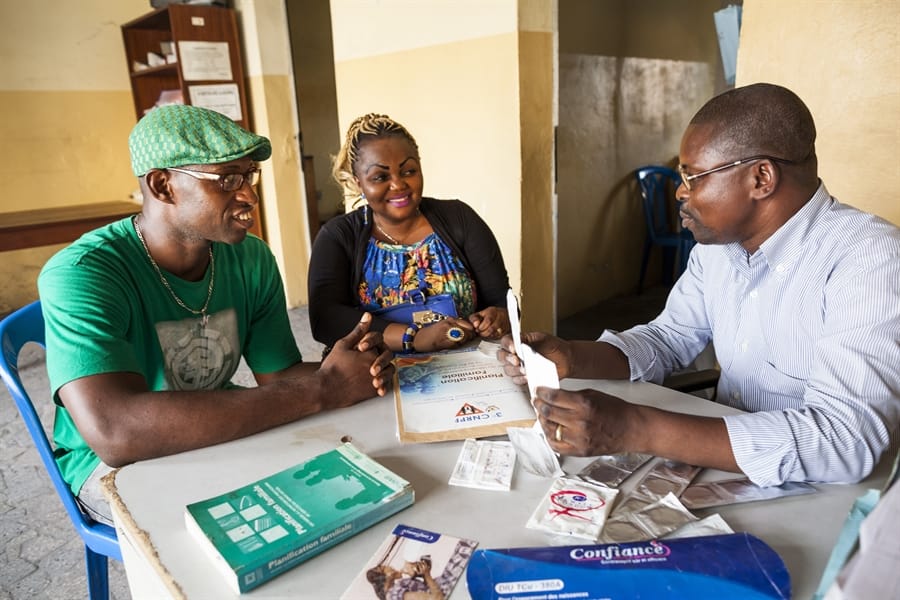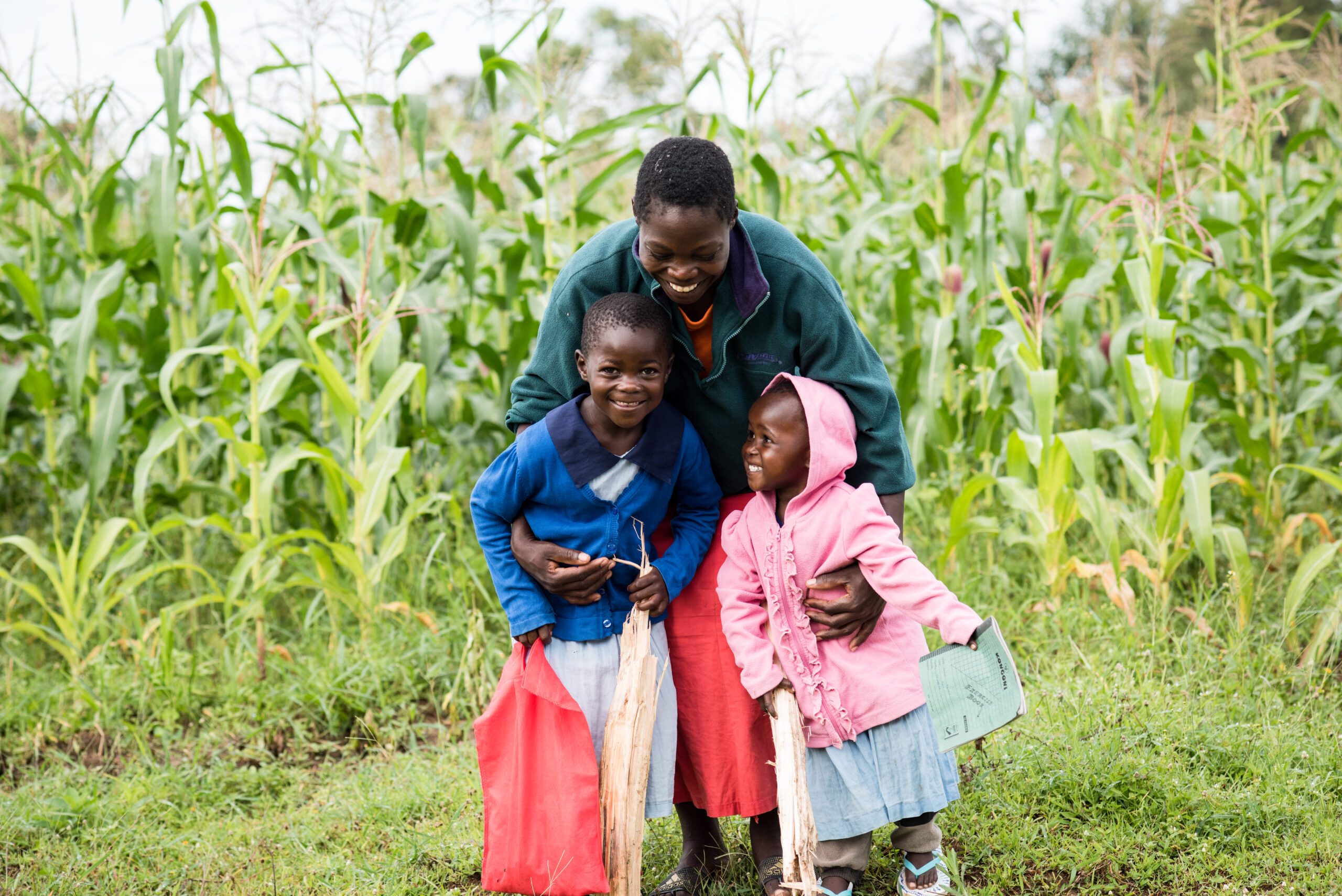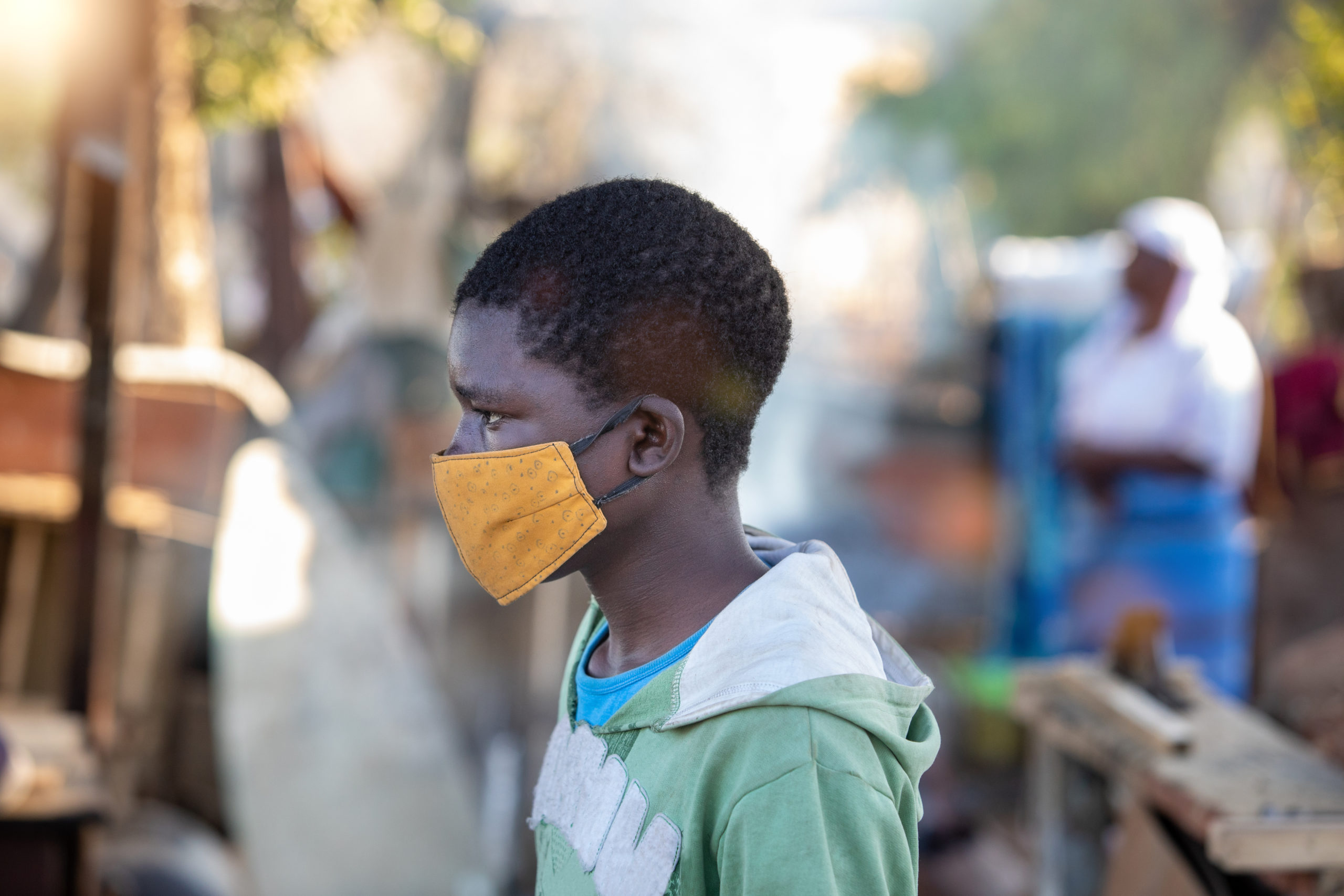“In 2050 there will be 10 billion people. How’s that going to work?” Charles C. Mann
Today is World Population Day, an annual event established by the United Nations Development Program to draw attention to population growth and its implications.
This year’s theme, “Family Planning is a Human Right,” commemorates the 1968 International Conference on Human Rights, which recognized 50 years ago that parents have a right to determine the number and spacing of their children.
However, as Frances Kissing, Jotham Musinguzi and Peter Singer noted in their recent Washington Post article, Is It Time to End the Population Taboo, exercising that right remains a challenge in many parts of the world—especially those where populations are growing fastest. Many women still lack any practical means or power to control their own fertility.
The global population currently stands at 7.6 billion and is growing by some 83 million individuals per year. It is expected to reach 8.6 billion in the next 12 years and 9.8 billion by mid-century. The total global numbers attract most of the attention, but it’s important to consider other factors as well—such as how the world’s population will be distributed; its composition by age, gender, and income; and regional consumption patterns. Much of the growth is expected to occur in sub-Saharan Africa, where natural resources and economies already strain to meet the needs of today’s populations. Climate change and Africa’s population growth trends are on a collision course: during the remaining decades of this century, changes in temperature and precipitation patterns will pose ever-growing risks to the continent’s agricultural and water resources—while the number of mouths to feed doubles, triples, or even quintuples in some countries.
Sub-Saharan Africa is also one of the world’s most gender-unequal regions. Women have limited access to education, healthcare, business opportunities, and financing. The UN Development programme reckons gender inequality costs the region $95 billion annually. Reducing inequalities may help slow population growth as women become more educated and participate more fully in economic and social society.
How can you help? Several of The Life You Can Save’s recommended charities help address population pressures in developing countries, either directly or indirectly. Giving to them can help slow future population growth while saving and improving lives today.
Promote Family Planning
- Population Services International (PSI) works to ensure universal access to sexual and reproductive health services in more than 30 countries by empowering women, girls, and couples to choose the families they desire and increasing access to reproductive health products and services. In 2016, PSI’s provision and distribution of family planning products and services prevented an estimated 4.3 million unintended pregnancies and more than 11,000 maternal deaths.
- Development Media International also promotes family planning through its television and radio campaigns. The organization is currently running a randomized controlled trial to test the effectiveness of family planning media campaigns in Burkina Faso.
- Living Goods franchisees sell contraceptives, among other health-care products.
Empower Women
- Living Goods trains people (mainly women) in developing countries to launch and run their own micro-franchises, through which they distribute health and medical supplies to their own communities at affordable prices.
- One Acre Fund helps East African farmers grow their own way out of poverty and food shortages by providing finance, training, market facilitation, and other services. Sixty percent of One Acre Fund’s clients are women. The organization reached more than 500,000 smallholder farmers in 2017 alone and is on track to reach 1 million by 2020.
- Possible provides high-quality, affordable healthcare in one of the poorest regions of rural Nepal. All of Possible’s Community Health Workers are women, who are locally hired, trained, supervised, and supported. In addition to supporting female patients through pregnancy and the early stages of motherhood, Community Health Workers provide family planning and contraceptive information.
- Village Enterprise works with extremely poor individuals (again, largely women) in Kenya and Uganda and delivers training, a cash grant, mentoring, and guidance in forming savings groups to build businesses that increase household income.
Leverage Indirect Connections
Reducing poverty, saving children’s lives, and treating diseases that prevent people from being productive—activities that all of The Life You Can Save’s recommended charities engage in—should help reduce population growth, although cause-and-effect relationships are not always clear. The popular arguments go like this:
- Reducing child mortality will reduce the tendency for families to overproduce children to make up for expected losses.
- Wealthy nations have lower birth rates than do poorer nations, so reducing poverty will reduce birth rates.
These ideas make sense and there is ample evidence that birth rates in wealthy industrialized countries are much lower than those in developing agrarian nations—but the causes are difficult to single out. Many factors influence birth rate (such as cultural expectations, marriage practices, religious beliefs, access to family planning resources, and education), and it’s not actually clear whether reducing child mortality will slow population growth. Similarly, some studies suggest that economic growth and development—in and of themselves—may not necessarily act as a brake on population growth.
Despite these uncertainties, it’s unlikely that giving to any of The Life You Can Save’s recommended charities would contribute to population growth, and there’s a good chance that your giving will ultimately help reduce birth rates in the countries where those charities work.



